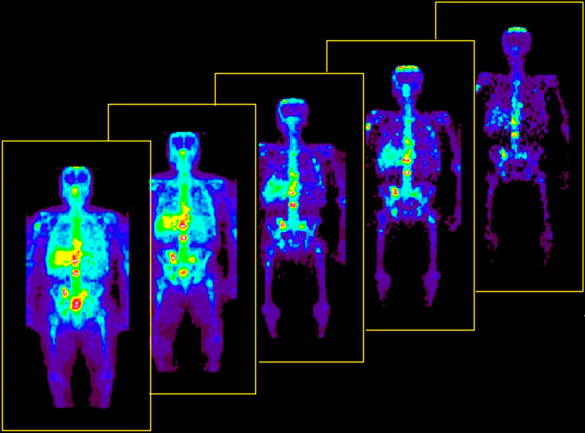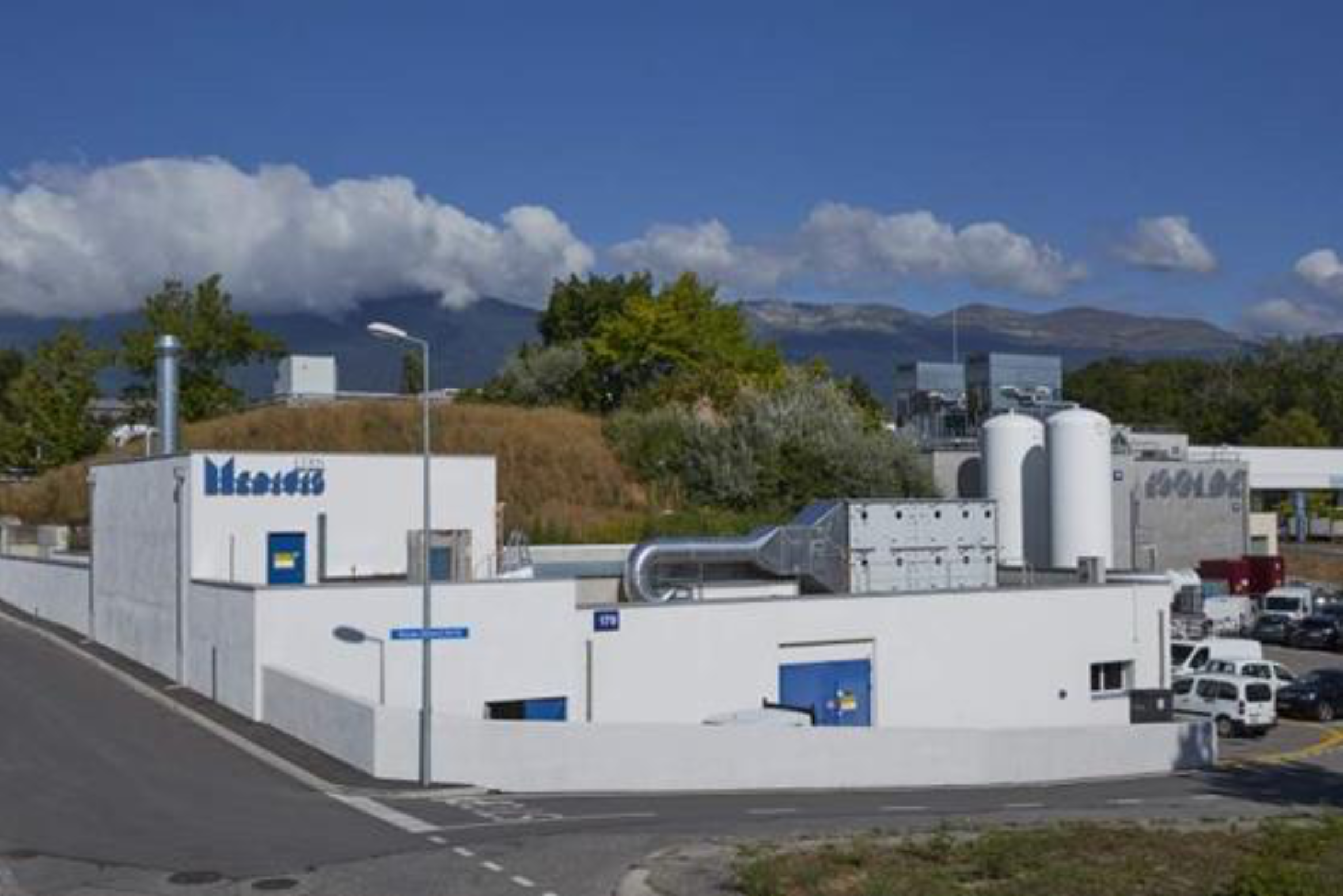
Particle accelerator technologies have been used in medical applications for a long time. Nuclear medicine uses radioisotopes (radionuclides) to provide diagnostic information (identification) and therapy (treatment) of various medical conditions. The attributes of naturally decaying atoms, known as radioisotopes, give rise to several applications. One of the most important application is the radiation therapy in oncology, where both correct diagnose imaging and proper treatment technique are at high stakes. Radiotherapy use radiation to weaken or destroy particular targeted cells with low toxic side-effects.
Radioisotopes in combination with imaging devices study the processes of the various parts of the body. These methods allow to conduct functional imaging of the nuclide distribution, both static and dynamic. These radioactive trackers are short-lived isotopes linked to chemical compounds which permit specific body processes to be tested. Radionuclides for nuclear medicine are produced at nuclear reactors, nuclear accelerators, and radionuclide generators.
CERN has a unique nuclear physics facility -MEDICIS (Medical Isotopes Collected from ISOLDE) which is linked to facility ISOLDE and used for the purpose of producing non-conventional radioisotopes from proton beams from ISOLDE, for medical research. These will be shipped for use in hospitals and research centres in Switzerland and across Europe.

The CERN-MEDICIS facility located next to ISOLDE at CERN
Photo: Yury Gavrikov
The CERN-MEDICIS facility, located next to ISOLDE at CERN. Image courtesy of CERN/Yury Gavrikov
Many of the isotopes currently in use are not entirely suitable for the imaging process nor can they target tumors accurately enough. CERN-MEDICIS aims at producing weekly batches of a huge range of innovation isotopes that more accurately meet the needs of medical professionals. Full production started in 2018. ISOLDE produces exotic radioactive nuclei by firing a high-intensity proton beam at a solid target. These nuclei are then formed into low-energy beams and studied by nuclear physicists. However, only about 10% of the beam is absorbed by the ISOLDE target – leaving the rest for CERN-MEDICIS.
RTU and UL together with Nuclear Medicine Centre have intended to join the MEDICIS collaboration held at CERN, where novel isotopes are being researched for the use in therapeutic applications.